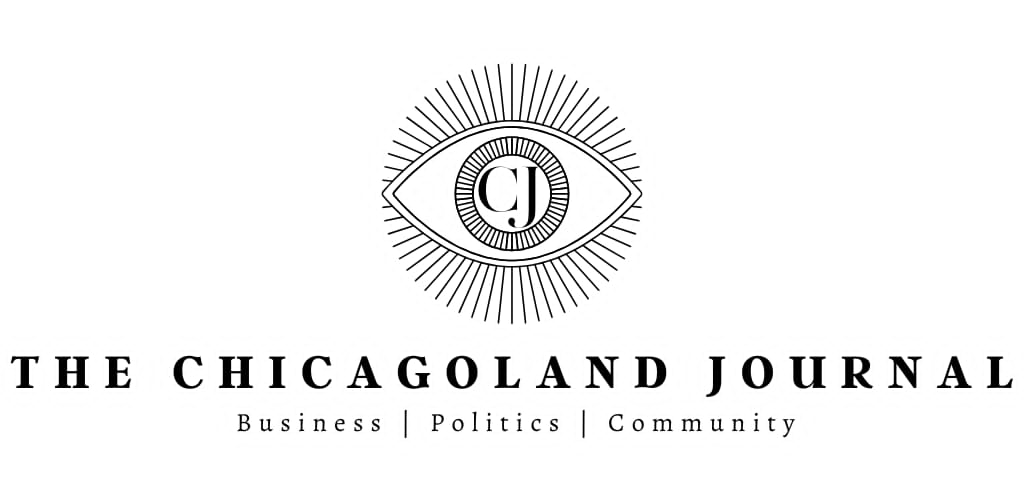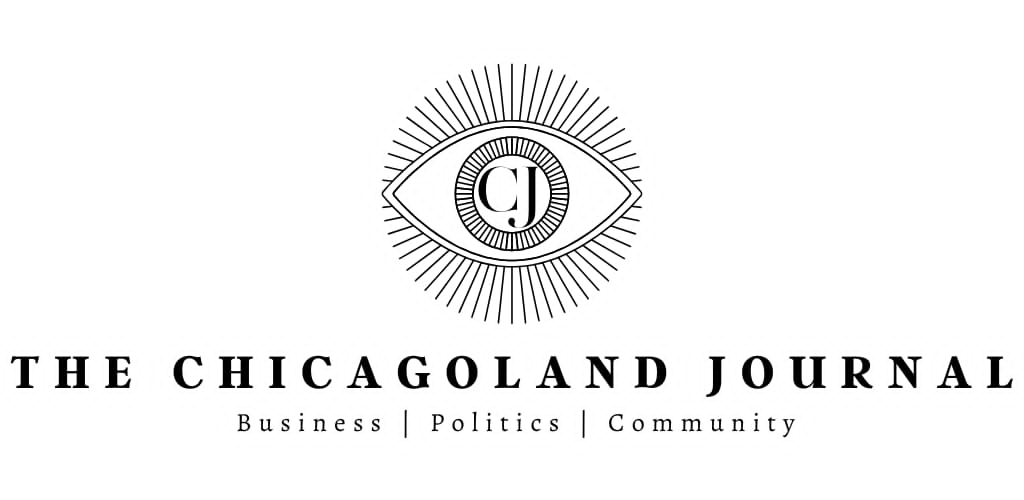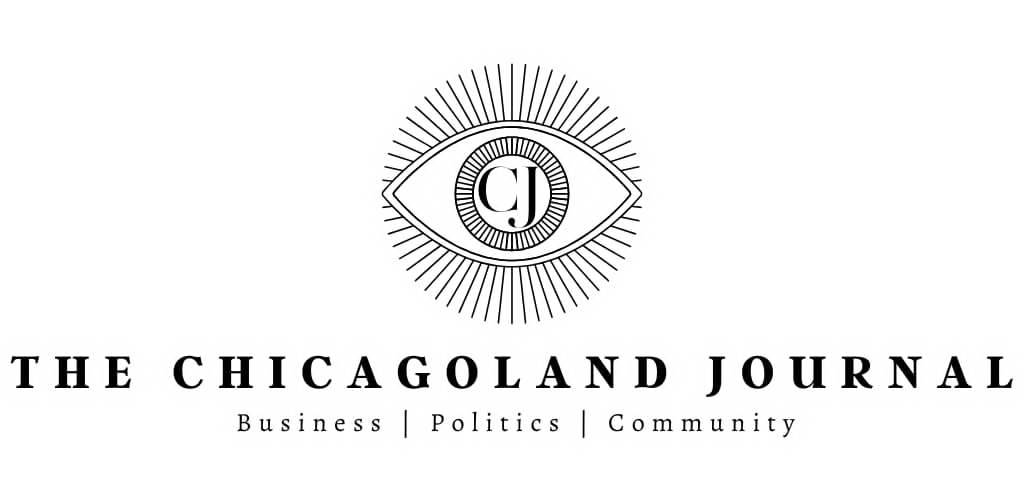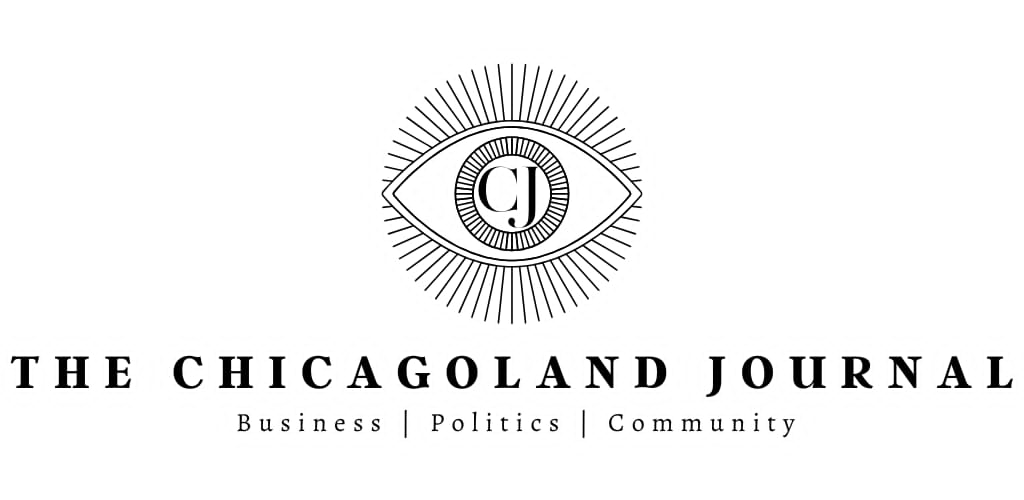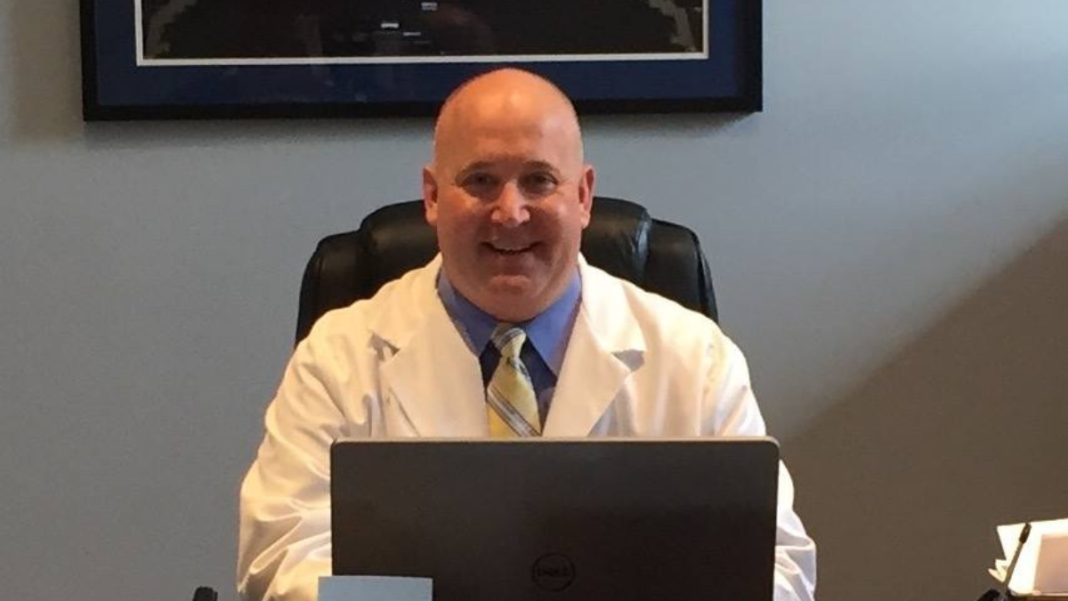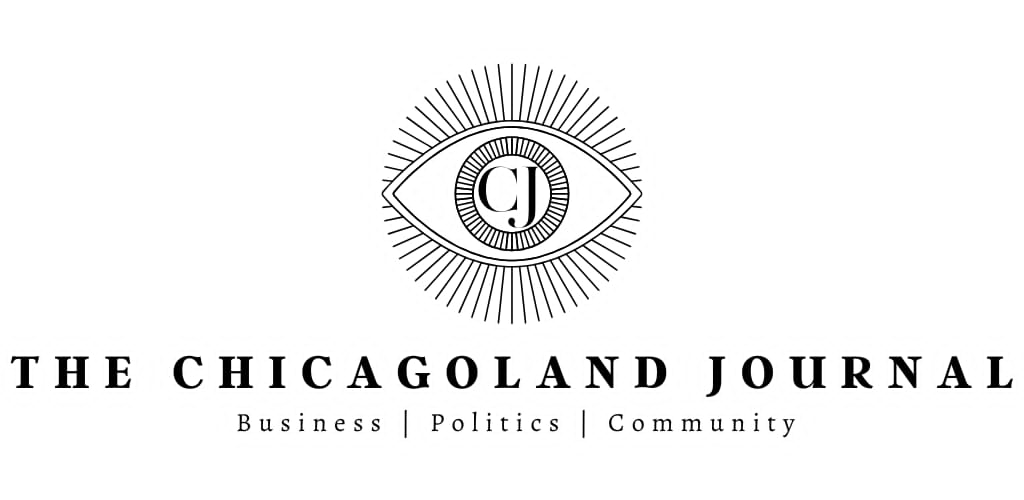OpEd: Bipartisan Healthcare Reform Can Enhance Patient Safety and Outcomes Through Face-to-Face Pharmacist Guidance and Medication Synchronization (OpEd Submission)—
As we transition into a new Congress, the focus on healthcare reform remains paramount. With ongoing discussions about health equity and affordability, it’s crucial that patient safety takes center stage in our legislative priorities.
Every year, Americans lose their lives due to adverse drug events—preventable and harmful effects stemming from medication misuse. This alarming statistic underscores the need for reform prioritizing patient safety and effective health outcomes.
A significant factor contributing to these tragic events is the lack of clear and comprehensible information patients receive about their medications. Instead of relying solely on remote interactions and mail-order prescriptions from pharmacy benefit managers (PBMs), we must emphasize the importance of face-to-face interactions with pharmacists. These professionals are not just medication dispensers but crucial patient safety advocates. A key asset for pharmacists-to-patient care is printed medication information, which instructs patients on how to take their medications correctly. However, a recently proposed FDA rule could limit access to that information.
Pharmacists play a vital role in ensuring that patients understand their medications. Pharmacists can clarify dosage instructions, potential side effects, and interactions with other medications by providing personalized, in-person consultations. This direct communication is essential for patients, especially those managing chronic conditions like diabetes or kidney disease, who may be on multiple medications with varying instructions.
Additionally, independent pharmacies offer a valuable service known as medication synchronization. This process aligns a patient’s medication refills to a single date each month, simplifying prescription management. Medication synchronization reduces the burden of multiple pharmacy visits and enhances adherence to prescribed regimens. By synchronizing medications, pharmacists can ensure that patients receive comprehensive consultations about all their medications at once, further reinforcing understanding and safety.
To fulfill these objectives, pharmacists and patients must have access to effective, accessible patient medication information (PMI).
However, a proposed FDA rule aimed at digitizing patient medication information (PMI) could inadvertently jeopardize safety by limiting access to crucial medication details. Many individuals, particularly those without reliable internet access or technological proficiency, may struggle to obtain their medication information online. In contrast, printed materials provided directly by pharmacists can enhance understanding and retention, making it easier for patients to manage their health effectively.
Consider the implications for patients who might misinterpret online information due to its complexity. A recent survey revealed that over 90 percent of respondents preferred a format of PMI developed with cognitive research over the FDA’s proposed version, highlighting the need for clarity and usability. Face-to-face pharmacist interactions can bridge this gap by ensuring that patients receive tailored, easy-to-understand instructions about their medications.
Legislators have a unique opportunity to enhance patient safety through bipartisan prescription drug reform, including the Patients’ Right to Know Their Medication Act. This legislation would mandate that every American receives printed, enhanced PMI with their prescriptions, but it should go further by encouraging direct consultations with pharmacists.
By fostering these interactions and promoting medication synchronization, we empower patients to take their medications correctly, ultimately improving health outcomes and reducing the prevalence of fatal adverse drug events. Emphasizing in-person pharmacist guidance enhances patient safety and strengthens the healthcare system by prioritizing direct, personal engagement over impersonal mail-order services. This is a vital step toward a safer, more effective healthcare landscape for all Americans.
Bipartisan Healthcare Reform Can Enhance Patient Safety and Outcomes Through Face-to-Face Pharmacist Guidance and Medication Synchronization
